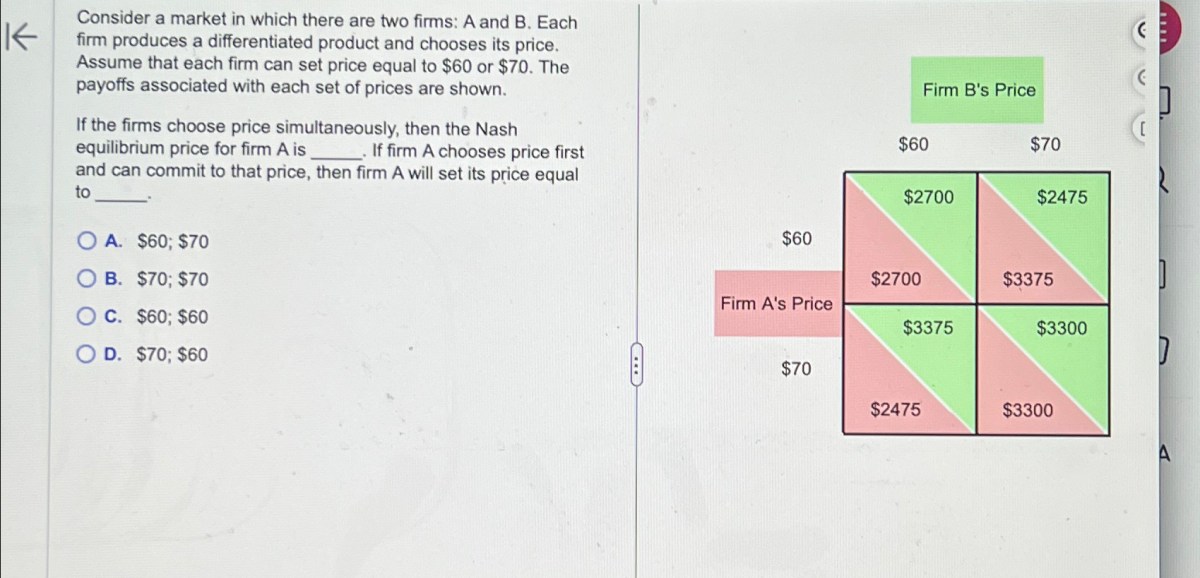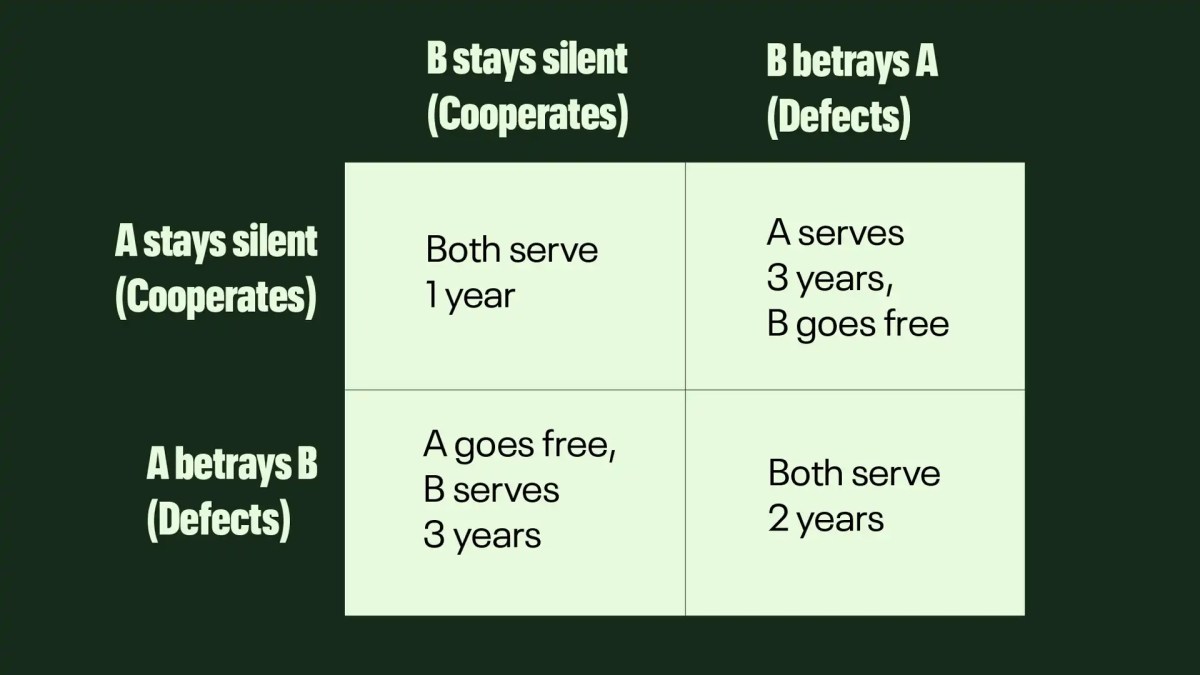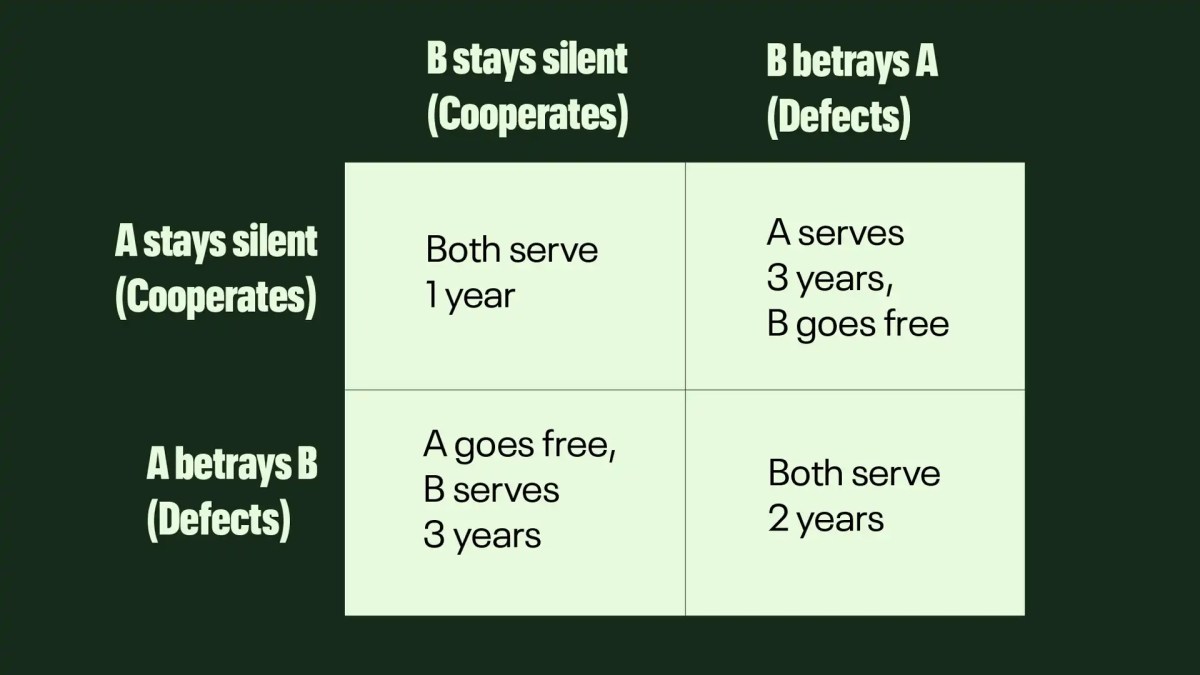Centipede Game, a fascinating concept in game theory, explores the tension between individual rationality and collective benefit. It’s a simple game, yet its implications are surprisingly complex, revealing much about human behavior and decision-making under conditions of uncertainty and potential cooperation. We’ll unpack the rules, explore the strategies, and examine why this seemingly straightforward game continues to intrigue researchers and puzzle players alike.
The Centipede Game presents a repeated game scenario where two players alternately have the opportunity to take a larger share of an increasing pot of money, or pass the turn to their opponent. The catch? If a player takes the money, the game ends. If both players continue to pass, the pot grows significantly larger, but the risk of the other player taking it all remains.
This seemingly simple setup exposes a fundamental conflict: the temptation of immediate gain versus the potential for long-term mutual benefit.
The Centipede Game: A Deep Dive into Rationality and Cooperation

The Centipede Game, a deceptively simple game in game theory, reveals fascinating insights into human behavior, rationality, and the tension between individual gain and collective benefit. This seemingly straightforward game exposes the limitations of purely rational decision-making and highlights the importance of trust and cooperation in strategic interactions.
Game Theory Fundamentals of the Centipede Game

The Centipede Game involves two players who alternately get to choose between cooperating and defecting. At each stage, the pot of money grows. If a player defects, they take the lion’s share of the current pot, leaving a smaller amount for the other player. If both players cooperate throughout, the final pot is significantly larger. The game ends when a player defects or the pre-determined number of rounds is completed.
The payoff matrix at each stage can be represented numerically. For example, let’s assume at stage 1, cooperating gives each player 1 dollar. If player 1 defects, they get 10 dollars, while player 2 gets 0. If player 1 cooperates and player 2 defects at stage 2, player 1 gets 2 dollars and player 2 gets 8 dollars. This pattern continues, with the pot increasing with each stage, and the share for the defector increasing while the cooperator’s share decreases.
A typical game progression might look like this: Player 1 cooperates at stage 1, Player 2 cooperates at stage 2, Player 1 cooperates at stage 3, and then Player 2 defects at stage 4. In this case, Player 2 receives the majority of the accumulated pot.
| Stage | Player 1 Choice | Player 2 Choice | Payoff (Player 1, Player 2) |
|---|---|---|---|
| 1 | Cooperate | Cooperate | (1,1) |
| 2 | Cooperate | Defect | (2,8) |
| 3 | Defect | N/A | (10,0) |
| 4 | Cooperate | Cooperate | (4,4) |
Rationality and the Centipede Game
Backward induction, a core concept in game theory, suggests that purely rational players should defect at the very last stage. This reasoning works backward: Since there’s no further stage, defecting is optimal. Anticipating this, rational players should defect at the second-to-last stage, and so on. The predicted outcome, based on backward induction, is that the first player will defect at the first opportunity, maximizing their individual payoff.
However, experimental studies consistently show that this prediction often fails to reflect real-world behavior. People frequently cooperate for several rounds before defecting, demonstrating that factors beyond pure rationality influence decision-making.
A scenario illustrating the conflict between individual rationality and collective benefit: Two businesses could cooperate on a joint venture, potentially creating a large profit. If one defects early, they get a smaller but immediate profit, while the other gets nothing. Backward induction suggests immediate defection, but cooperation leads to a larger total profit.
Variations and Extensions of the Centipede Game
Several variations exist, altering the payoff structure or the number of players. For instance, asymmetric payoffs can be introduced, where one player benefits more from defection than the other. Alternatively, a larger number of players can be included, adding layers of complexity to the strategic interactions.
Changing the payoff structure, for example, by increasing the gains from cooperation, can significantly influence player behavior. A higher reward for mutual cooperation might encourage players to cooperate longer, even if the temptation to defect remains. Similarly, adding more rounds can extend the game and create more opportunities for cooperation, but it also lengthens the time horizon before a final payoff.
Examples of real-world situations mirroring the Centipede Game include arms races, environmental agreements, and negotiations between businesses or countries. The temptation to defect, even if cooperation would lead to a better overall outcome, is a recurring theme.
Psychological and Behavioral Factors
Several psychological and behavioral factors significantly influence player choices in the Centipede Game. These factors often deviate from the predictions of purely rational models.
Ever played the Centipede game? That classic arcade shooter’s frantic pace is all about quick reflexes and strategic thinking. Think of it like a super-speedy chase, almost like Sonic the Hedgehog sonic the hedgehog zipping through Green Hill Zone, except instead of rings, you’re dodging creepy crawlies. Mastering Centipede requires the same kind of focused agility, making it a surprisingly challenging retro experience.
- Trust and cooperation play a crucial role. Players who trust their opponent are more likely to cooperate.
- Risk aversion can lead players to cooperate, even if the expected payoff from defection is higher. The fear of losing something outweighs the potential for greater gains.
- Time pressure can lead to impulsive decisions, often resulting in earlier defection.
- Social context matters. Players are more likely to cooperate if they believe their opponent is also cooperative or if they anticipate future interactions.
- Experimental studies have shown that the level of cooperation increases when players can communicate before the game starts, or when they have a history of interaction.
Applications and Interpretations
The Centipede Game serves as a valuable model for various social dilemmas. Its structure captures the tension between short-term self-interest and long-term collective benefit, which is evident in many real-world situations.
The game’s relevance to negotiations and bargaining is significant. Understanding the dynamics of trust and the temptation to defect is crucial in reaching mutually beneficial agreements. The game’s principles can be applied to international relations, where cooperation on issues like climate change or arms control is often challenged by the temptation to prioritize national interests.
A hypothetical scenario: Two countries are negotiating a trade agreement. Each round of negotiation offers an opportunity to make concessions, increasing the potential benefits for both. However, each country faces the temptation to defect and secure a better deal for itself, potentially jeopardizing the overall agreement.
The Centipede Game is a classic example of game theory, highlighting the potential for irrational behavior. Understanding the players’ motivations often requires looking at their perceived status and how they want to be seen; this is where understanding the concept of “swank,” as defined in swank meaning , becomes relevant. A player’s desire for swank might lead them to make a seemingly illogical move in the Centipede Game, prioritizing image over rational gain.
Illustrative Example: A Detailed Scenario

Imagine Alice and Bob playing a Centipede Game with a pot starting at $2 and doubling with each round. Alice goes first. In round 1, Alice considers the payoff. Cooperating means the pot becomes $4, and in round 2, Bob might cooperate (leading to $8) or defect (giving Bob $6 and Alice $2). If Bob defects, Alice might regret cooperating.
However, if Alice defects, she gets $2, while Bob gets nothing. Alice, valuing a larger payoff, cooperates. Bob, observing Alice’s cooperation, might reason similarly. He anticipates that further cooperation could lead to a higher payoff for both. He cooperates.
This continues for a few rounds until one player, perhaps due to increasing risk aversion or a perceived lack of trust, defects, ending the game.
The game progresses with increasing amounts at stake, testing the players’ trust and patience. Each decision hinges on anticipating the other player’s move and weighing the immediate gain against the potential for a larger, shared reward. The mental calculation includes not just the immediate payoff but also the anticipation of future rounds and the potential for mutual cooperation or defection.
The Centipede Game is all about trust, right? You could cooperate, or you could betray. Thinking about the strategic choices reminds me of needing a stable, reliable platform for aerial photography, like the ones you get with a dji flip drone only setup. Back to the Centipede Game: the best outcome depends on predicting your opponent’s moves, just like anticipating wind conditions when flying your drone.
Final Thoughts
The Centipede Game, despite its simple structure, offers profound insights into human behavior and the limitations of purely rational decision-making. While backward induction suggests a predictable outcome, real-world experiments consistently demonstrate deviations from this theoretical prediction, highlighting the significant roles of trust, cooperation, and risk aversion. Ultimately, the Centipede Game serves as a powerful reminder that game theory models, while valuable, often fall short of capturing the full complexity of human interaction and the unpredictable nature of strategic choices.
User Queries: Centipede Game
What are the real-world applications of the Centipede Game?
The Centipede Game models various real-world scenarios, including arms races, negotiations, and environmental issues where immediate self-interest conflicts with long-term collective good.
Can the Centipede Game be played with more than two players?
Yes, variations exist with more players, increasing complexity and the strategic considerations.
How does the payoff structure affect the outcome of the Centipede Game?
Altering the payoff amounts significantly influences player behavior. Larger payoffs at later stages can encourage cooperation, while smaller differences incentivize earlier termination.
Is there a “winning” strategy in the Centipede Game?
There’s no universally “winning” strategy. The optimal choice depends on the players’ risk aversion, trust in their opponent, and the specific payoff structure.
